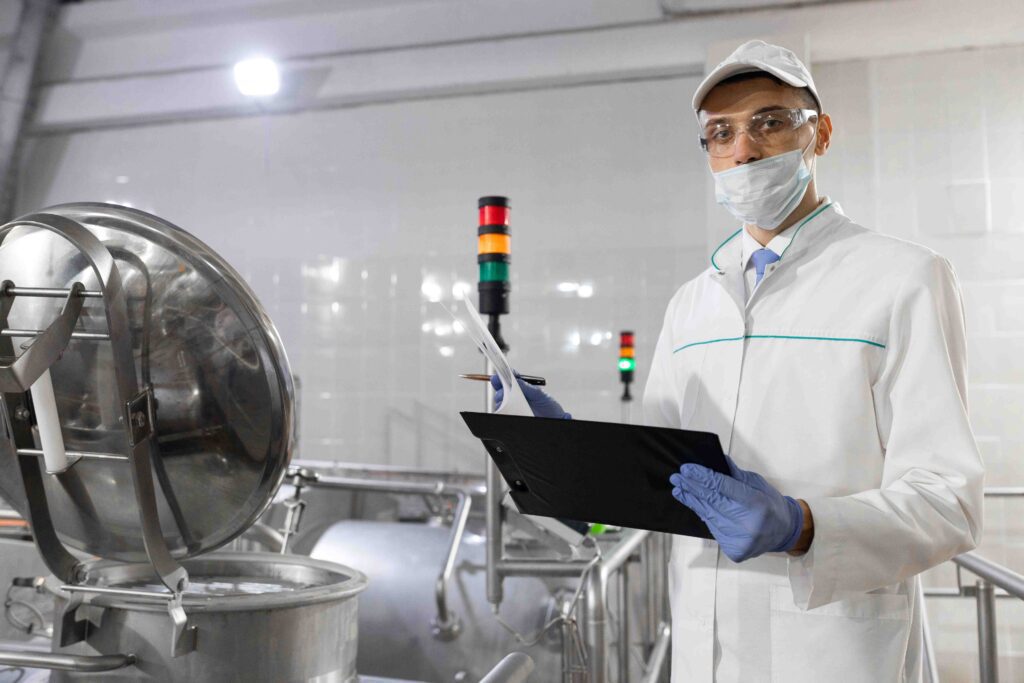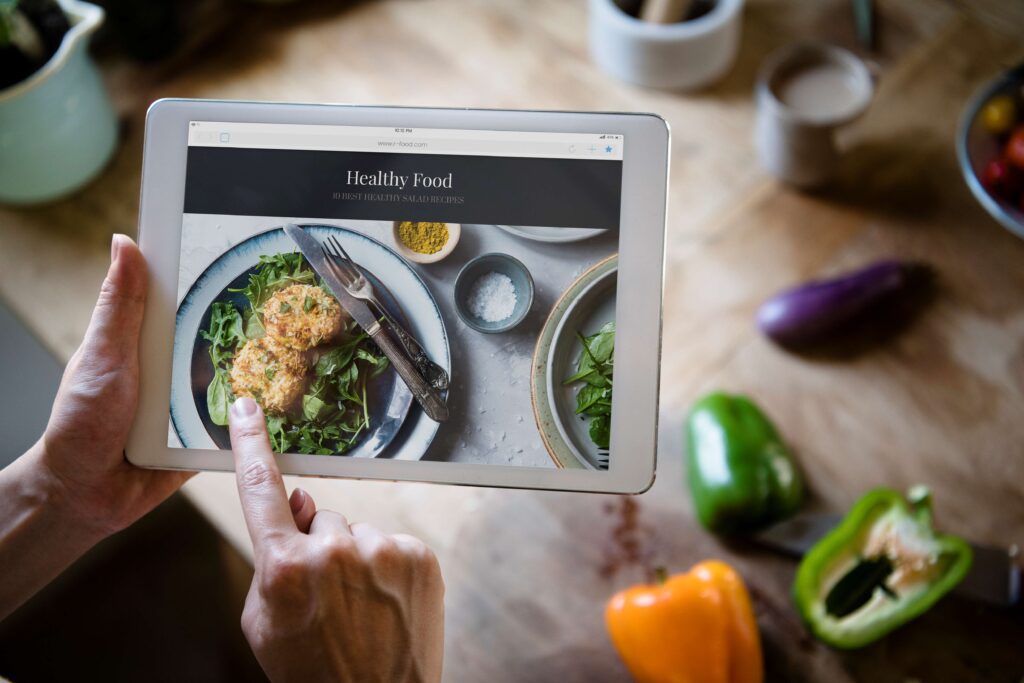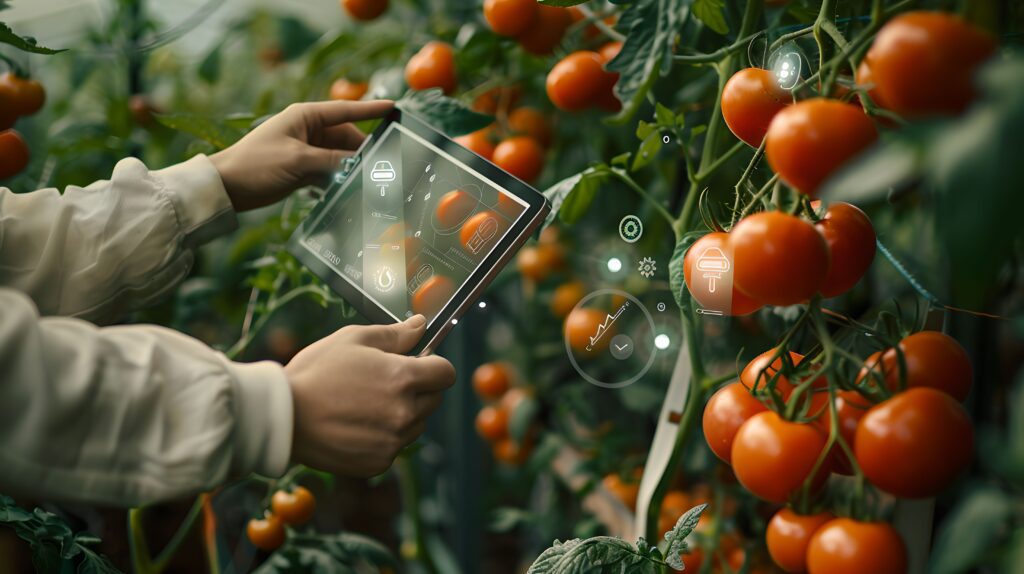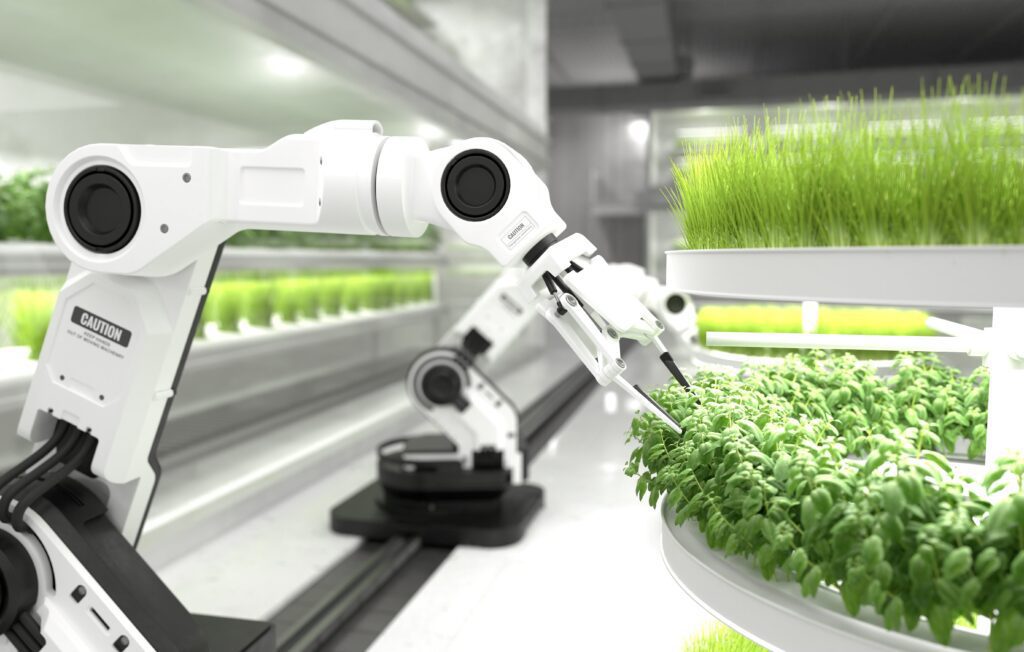The food industry faces critical challenges that demand digital transformation to streamline operations, enhance traceability, and improve efficiency and responsiveness.
The Imperative for Digital Transformation in the Food Sector
The food industry faces critical challenges that demand digital transformation. In a competitive, fast-changing landscape, digitalization is essential for survival and growth. Integrating digital tech can make operations smoother, improve tracking, and boost food safety. Embracing digital solutions enables greater efficiency, agility, and responsiveness. Automation, data analytics, and IoT optimize workflows and reduce waste. They enable real-time decisions, resulting in cost savings and quality improvements. Ultimately, they enhance customer satisfaction. Digital transformation is vital. It meets the need for personalized, sustainable products. Enhance traceability and visibility. Build trust, navigate regulations as a result. Those who act on this imperative will lead the industry’s future.
Key Areas of Digitalization Transforming the Food Value Chain

Digitalization rapidly transforms the food value chain. It creates new opportunities and challenges. Digital innovations are essential. They improve efficiency, traceability, and responsiveness in the food system.
ImproveShow HardDigital technologies are helping farmers and food companies in many ways. Precision farming uses data to optimize how much fertilizer and water to use. This boosts crop yields while reducing waste. Automated food processing and smart packaging also improve food safety. Meanwhile, data helps companies better predict demand, manage inventory, and coordinate logistics in real-time. All these digital tools are empowering stakeholders across the food system to boost productivity, reduce waste, and enhance food safety.
Food businesses must strategically invest in digital capabilities for a competitive edge. They will navigate a volatile marketplace with ease. Embracing digitalization is now necessary for survival and success in today’s food industry.
Boosting Efficiency, Traceability, and Sustainability with Food Industry 4.0
The food industry is changing a lot. Industry 4.0 is the way to get more efficient, traceable, and sustainable. By using digital tools, the internet, and data analysis, food makers can improve every part of their business. This includes finding raw materials and delivering the final product.
Industry 4.0 technologies help food producers. These technologies can automate manual tasks and streamline production. They also provide real-time insights into the production process. This boosts productivity and reduces errors. It also enhances traceability, allowing companies to quickly find and fix issues.
Industry 4.0’s data-driven approach helps food makers make smart, eco-friendly choices. By analyzing data, they can reduce carbon footprint, minimize waste, and go green. They identify opportunities and adopt eco-friendly practices.
Investing in Industry 4.0 is important for food companies. They need to stay competitive, meet customer demands, and help the environment. The time to use this new technology is now. Companies that adopt it early will have an advantage in the changing market.
Enhancing the Consumer Experience through Digital Engagement

The food industry is changing. Brands that use digital tools can better connect with customers. Online stores, apps, and social media provide many ways to reach customers digitally. These digital tools can greatly impact how brands interact with their customers.
Consumers today want smooth, personal experiences that fit their needs. Food brands can use digital tools to meet and even exceed these expectations. This helps build customer loyalty and increase sales.
ImproveShow HardE-commerce sites let customers easily buy their favorite foods. Mobile apps give direct communication. Brands can share content, build community, and respond to customers on social media.
Integrate these online contact points into one plan that focuses on the customer. Food brands can enhance customer experience, build brand affinity, and succeed digitally. This helps them adapt and thrive in the digital world.
Overcoming Challenges and Unlocking the Full Potential of Digitalization. .Digitalization offers many benefits. But it also brings challenges. To get the most from digital tools, you need to address these challenges. This will help you unlock the full power of digitalization. .Some key challenges include: .
.1. Adapting to new technologies. Digital tools are always changing. You need to keep up with the latest developments.
.2. Ensuring data security. Digital information is vulnerable to cyber threats. You must protect your data.
.3. Managing digital transformations. Switching to digital ways of working can be complex. You need a plan to make the transition smoothly.
.4. Developing digital skills. Your team may lack the skills to use digital tools effectively. You’ll need training.
.5. Overcoming resistance to change. Some people are uneasy about new digital ways of working. You must get everyone on board. .By addressing these challenges, you can harness the full benefits of digitalization. This includes improved efficiency, better decision-making, and new business opportunities. With the right approach, you can unlock the full potential of digitalization.
The food industry is going through big changes. It faces many challenges. But there are also great chances from fast-growing technology. To succeed, food businesses must act smart and be prepared. They need to have a plan to deal with the changes.
One problem for food companies is they don’t want to spend money on new tech. They think it’s hard to use. But the long-term benefits are worth the costs. Food businesses can invest in tech startups and digital solutions. This can help them work more efficiently, give customers a better experience, and stay ahead of competitors.
Creating a digital transformation plan is important. First, find the problems. Then, look at the technologies that can help. Make a plan that matches the company’s goals. With a good plan, food businesses can smoothly use digital tools and processes. This boosts efficiency, improves decisions, and helps them compete better.
The digital food business has a bright future. But only for those who are willing to take a risk and lead the way. By facing challenges and using digital tools, food companies can find new ways to grow, be creative, and succeed.
Conclusion: Embracing the Digital Future to Stay Competitive in the Food Sector

The food industry is changing with technology. Companies that accept this change will be more competitive in the future. Food companies can use digital tools to streamline operations and drive innovation. They can also enhance customer experiences. Explore automated inventory system and AI recipe development to enhance efficiency and growth. Investing in these capabilities enables companies to respond quickly to consumer demands. They can optimize supply chains and deliver personalized experiences as expected.
Food businesses that adapt to the digital world will succeed. Companies can invest in the right tech and train their staff. This will help them be industry leaders. The time to act is now. The digital future is here. Those who accept it will benefit.



